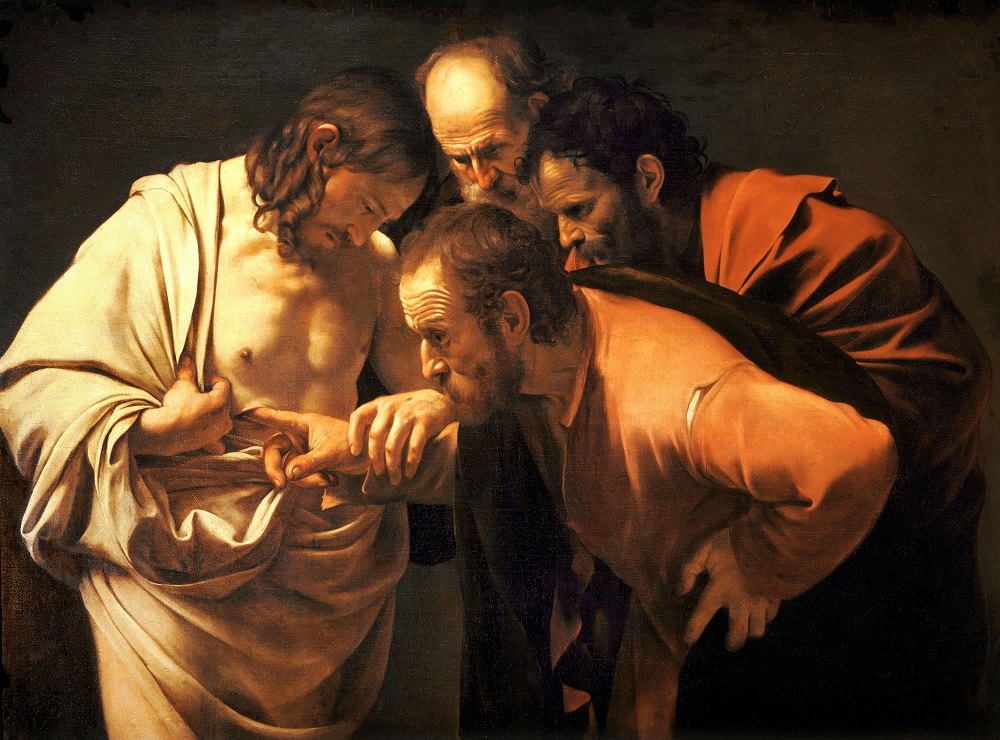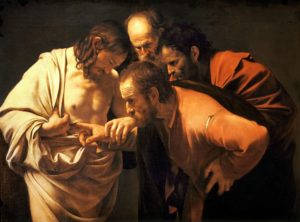The premise behind the I AM ART camps is that through art—a physical, concrete means of expression and learning—God teaches us and draws us closer to Himself. I have seen this happen for both the children who participate in the camps and the artists who lead the workshops. The children learn how to look at their lives differently and see, instead of inescapable problems, opportunities to overcome their challenges and choose their own paths. The adults, meanwhile, also learn many things, including humility and trust. I AM ART camps are weeks of personal revelation for everyone involved.
So back to the premise. Why has God decided to teach us these things through art camps? Why did He inspire Scott and Amelia Moore to begin I AM ART? Why didn’t He decide, instead, to teach us all of these things at church or in prayer?
I’ve been thinking about this a lot lately, and I have a few thoughts.
First of all, God of course does teach us these things in church and in prayer. But we are somewhat poor creatures, and often don’t understand Him. Or maybe we’ve fallen out of the habit of going to church and praying. Or maybe we were never in it. So in His infinite mercy, God seeks us through other means.
But, art? Why something so concrete, so physical—something that gets on your hands and in your ears and often takes days to scrub off? I believe one answer to this question is that, actually, “man’s soul is not in his body as a hand in a glove or as a rower in a boat” (Summa Theologica, part 1, question 76). Mind-body dualism, popularized by the father of modern western philosophy, René Descartes, in the mid-1600s, is actually a lie. We are not souls caged in bodies. We are human beings and our substance is both soul and body, substantially joined.
Perhaps this seems obvious to you or perhaps you feel shocked by the claim. I personally think it explains a lot about human existence and the Bible.
For example, the mind-body unity is why, for better or worse, we learn best when all of our senses are engaged. Until I am burned the first time, I do not believe that the source of the warm cheery glow in my fireplace will hurt me. And until Thomas put his finger into Jesus’ side, he would not believe that Jesus had risen. (Note that Jesus, while disappointed that Thomas would not believe Him otherwise, actually encouraged Thomas to put his finger in His side.)
Learning from the physical world is also corroborated by Scripture: “Ever since the creation of the world, His invisible attributes of eternal power and divinity have been able to be understood and perceived in what He has made.” (Romans 1:20).
The unity of our souls and bodies also explains
- why concrete sights, sounds, smells, tastes, and physical sensations connect us more strongly to our memories and emotions than anything else
- why we communicate meaning with our bodies
- why the words “I love you” change meaning based on how the speaker has manipulated their vocal chords to achieve a specific tone of voice, where the speaker directs their eyes, and how the speaker is physically touching (or not touching) you
- why practicing physical discipline helps us achieve spiritual discipline as well
- why Jesus asked us to not only pray but to fast as well
- why Jesus laid hands on people, mixed his saliva with dirt to open blind men’s eyes, commanded that we be baptized with water, and, most importantly, took on flesh in order to bleed and die for us
The list could go on and on, but the essential point is incredible when you think about it. Our souls and bodies are substantially united. We are not one or the other, we are the unity of both. God created the physical world from nothing as a divine gift to help us understand and love Him. This knowledge imbues absolutely everything with meaning and sanctity.
And it is one reason that we can be sure God communicates with us through art.


